
Review on 🛰️ High Sensitivity GPS Module NEO-6M for Navigation Satellite Positioning - Compatible with STM32 Arduino UNO R3 & 51 Microcontroller, Drone Receiver with IPEX Antenna by Ramon Hood

Ideal for use with Raspberry Pi. Be careful with Arduino!
This little device is great value for money. It appears to be using a real U-Blox chip under a metal can and white label. Most features of the U-Center software appear to work well. I connected mine to a Raspberry Pi 2 to create an NTP time server. The PPS connection offers an accuracy of tens of nanoseconds. To do this, the Raspberry Pi must be configured to receive a PPS signal on one of the GPIO pins. I used the "GPSD" and "NTPD" packages, which work fine with the device. Don't forget to connect to the TX and RX serial lines as the GPSD appears to update the time and other parameters allowing for a quick 'cold' correction when first powered up. A few words about power and levels. The module on the board works from 3.3 V! However, this board has a 5V > 3.3 volt regulator to allow for power delivery from the USB port. The Vcc pin is also connected to the input of the regulator. ***UPDATED*** The module can only be operated with 5V on the Vcc pin. The onboard voltage regulator does not work properly when the Vcc pin is connected to 3.3V. It seems to be working fine, but 3D stuck errors and other erratic operations are very common. Likewise. Running the board with 3.3V on the Vcc pin exposes the device providing the 5V power supply on its 3.3V output when the USB connector is connected to a computer to to program the board. Be careful. The TXD, RXD and PPS pins operate at 3.3V as the I/O high! Reading the datasheet at the link in the listing clearly shows that these interface pins are NOT 5 volt tolerant. This means that if you use a device (like the Arduino) that uses 5V as a logic "high" to connect to an input of that device (RXD), you are likely to damage the chip. This may work for a while, but it puts a load on the chip beyond the absolute maximum values. The PPS and TXD pins are outputs. So plugging them into a device that expects a 5V input won't cause any harm, but the data is very sensitive to noise. and corrupted data on the receiving device (e.g. Arduino). It seems to work fine, but you'd be better off investing in a cheap 5V <> 3.3V bidirectional level shifter chip for a few bucks if you want to connect to the Arduino. For the Raspberry Pi, however, the device is perfect in terms of voltage levels!
- Certified
- Cord is shorter than other picks
New products
Comments (0)
Top products in 🖥️. Single Board Computers
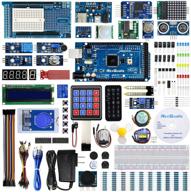
REXQualis Comprehensive Starter Kit with Arduino MEGA 2560 & Detailed Tutorial for Arduino IDE Compatibility

11 Review

55" TV LG OLED55C2RLA 2022 HDR, OLED, dark titanium

38 Review
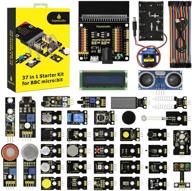
🎁 Ultimate BBC Micro bit Sensor Starter Kit: Keyestudio 37-in-1 Box with Tutorial, Compatible with V1.5 & V2, Gift for Kids and Adults (Microbit Board Not Included)

11 Review

Vilros Raspberry Pi 4 4GB Complete Starter Kit - Black Fan-Cooled Aluminum Case for Heavy-Duty Performance

12 Review
Another interesting products

uxcell 3.5" HDD Screw Black 200pcs for Computer PC Case - Flat Phillips Head - 6#-32 - Hard Drive Fasteners

10 Review
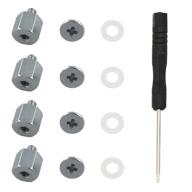
M.2 Screw Kit: Easy Mounting for NVMe SSDs on ASUS Motherboards

19 Review
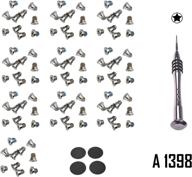
🔧 Premium Repair Replacement Screws & Tools for MacBook Pro Retina 15"/13" - Complete Bottom Case Set

10 Review
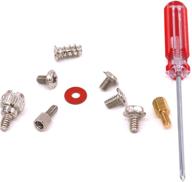
Glarks 660 Pieces Phillips Assortment Motherboard

10 Review

